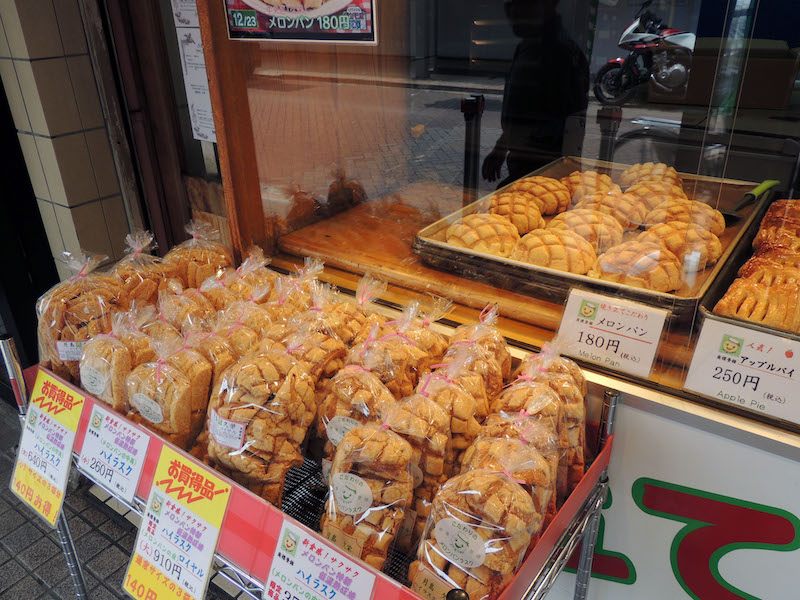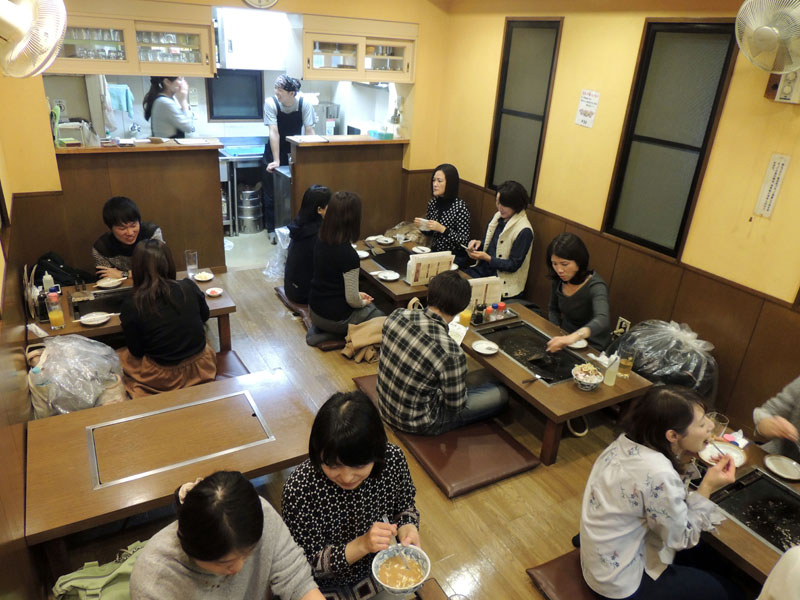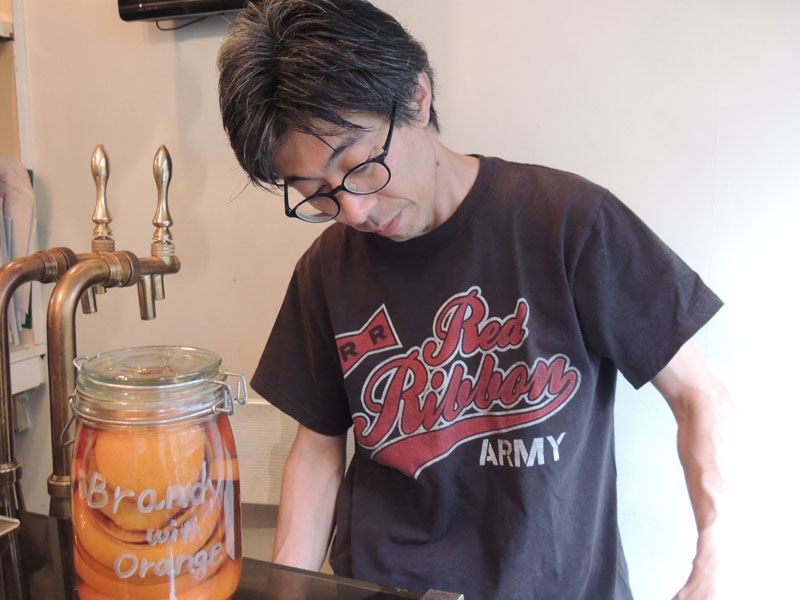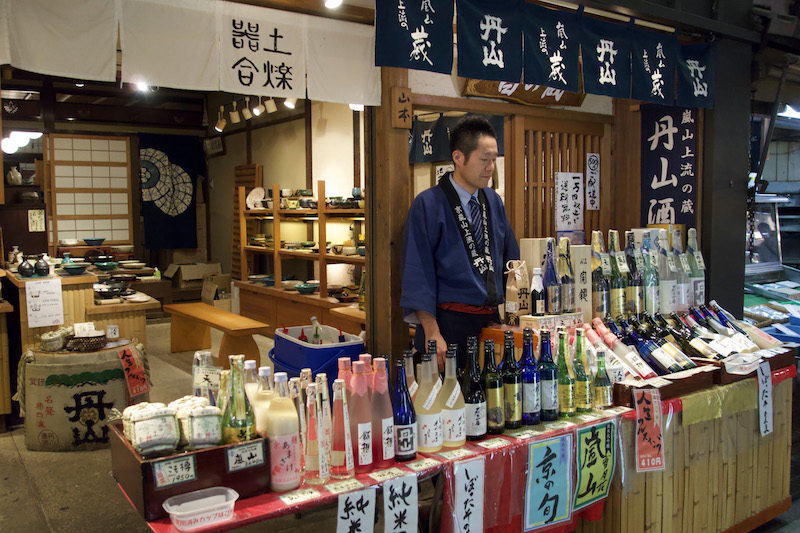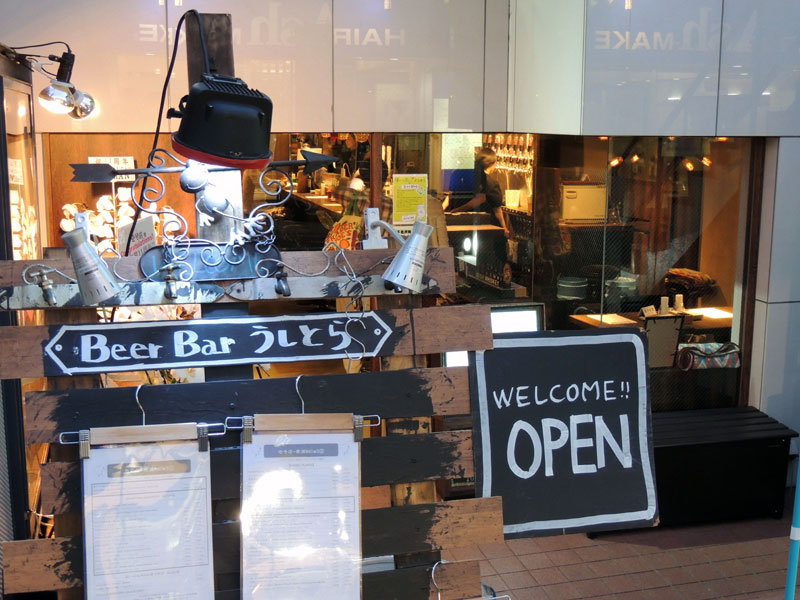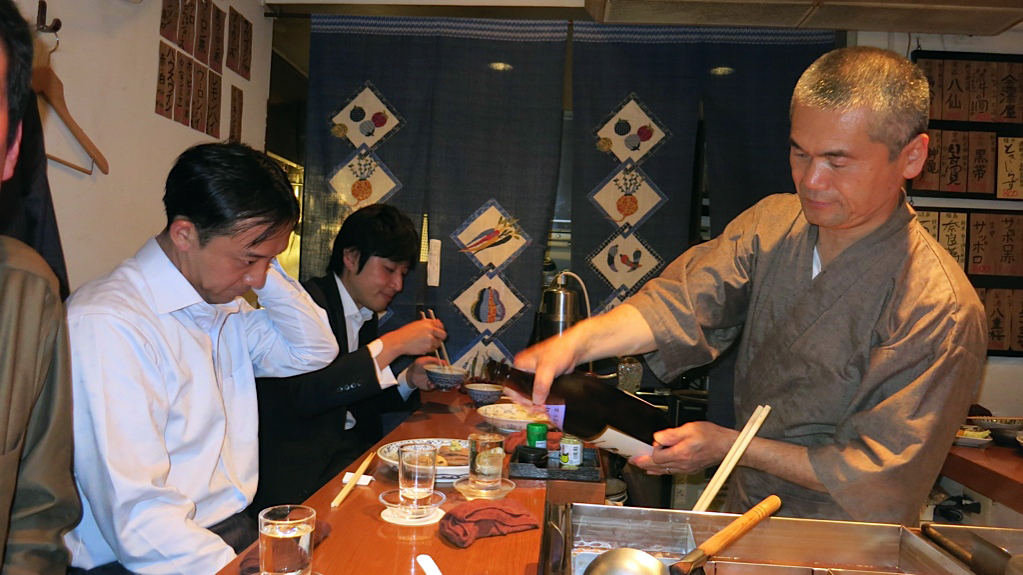We can't find the internet
Attempting to reconnect
Something went wrong!
Hang in there while we get back on track
Search results for "Davey Young"
Tokyo
Land of the Rising Dough: The Story of Bread in Japan
All things considered, bread is a relatively new arrival in Japan, having found its way there in 1543, when the first Portuguese ship arrived carrying missionaries and merchants who had come to spread the word of God and seek new markets. These Europeans brought with them commodities both tangible and intangible. When the Sakoku Edict, which essentially closed Japan to all international contact, came into effect in 1635, some of these commodities remained in one form or another. The vast majority of Japanese would never encounter bread during the subsequent Tokugawa Era (1603-1868), though the concept of doughy baked goods – pan in Japanese, from the Portuguese pão – remained.
Read moreTokyo
Kondo Honten: Simple Pleasures
Japan is well known for its variety of national dishes, as well as local specialties claimed by individual regions and cities. Tokyo, which boasts more Michelin stars than any city in the world, is a natural nexus for these disparate eats, as well as more international fare. It may come as a surprise, then, that Tokyo itself only really has one true homegrown specialty: monjayaki. The baseline ingredients for monjayaki, often referred to simply as monja, are nothing more than wheat flour and dashi, that ubiquitous Japanese broth made from kombu (kelp) and shavings of katsuobushi, dried, fermented and smoked skipjack tuna. Cabbage is also common enough to be considered a third basic ingredient.
Read moreTokyo
Behind Bars: Getting Tight at Tokyo’s Tight Bar
If it weren’t for the dozens of brightly lit signs and paper lanterns promising libations of every sort, you might mistake the two narrow alleys alongside the train tracks on the northeast side of Shibuya station for a derelict apartment block. In reality Nonbei Yokocho (AKA Drunkard’s Alley) is one of Tokyo’s few remaining yokocho (side street) bar districts. Like the much larger and better-known Golden Gai in Shinjuku, Nonbei Yokocho is a collection of aging and tightly packed microbars. Each watering hole is scarcely more than a few square meters, and if longtime regulars aren’t taking up the scant floor space, newcomers may try any number of doors before they find an empty seat.
Read moreTokyo
Land of the Rising Dough: The Story of Bread in Japan
All things considered, bread is a relatively new arrival in Japan, having found its way there in 1543, when the first Portuguese ship arrived carrying missionaries and merchants who had come to spread the word of God and seek new markets. These Europeans brought with them commodities both tangible and intangible. When the Sakoku Edict, which essentially closed Japan to all international contact, came into effect in 1635, some of these commodities remained in one form or another. The vast majority of Japanese would never encounter bread during the subsequent Tokugawa Era (1603-1868), though the concept of doughy baked goods – pan in Japanese, from the Portuguese pão – remained.
Read moreTokyo
Liquid Assets: Deciphering Sake in the Japanese Capital
The consumption of sake is a sacrosanct affair in Japan. In Japanese, the term “sake” technically denotes all alcohol, though it is often used interchangeably with the less ambiguous “nihonshu.” The true genesis of the island nation’s archetypal brew is lost to time, though the divine concoction of water, rice, yeast and koji mold likely originated, or at least became more standardized, sometime during the Nara period (710-784 AD) when Empress Genmei consolidated rule over an agrarian society. Most people in this fledgling nation state participated in animistic and ancestral folk worship, within which rice, and by extension nihonshu, came to play important ritualistic roles.
Read moreTokyo
Ushitora: Land of the Rising Suds
When Japan’s last shogun ceded control of the country in 1868 and a centuries-old closed-door policy was reversed, foreign influences on the country grew from a trickle to a steady stream. Foreign residents were confined to restricted living areas, one of the largest one being in Yokohama, just south of Tokyo. Capitalizing on their fellow expatriates’ homesickness, some enterprising Westerners began importing or even brewing beer. In fact, the brewery that would become Kirin, one of Japan’s most ubiquitous tipples, was founded by a Norwegian by way of America in 1869 or 1870.
Read moreTokyo
Liquid Assets: Deciphering Sake in the Japanese Capital
The consumption of sake is a sacrosanct affair in Japan. In Japanese, the term “sake” technically denotes all alcohol, though it is often used interchangeably with the less ambiguous “nihonshu.” The true genesis of the island nation’s archetypal brew is lost to time, though the divine concoction of water, rice, yeast and koji mold likely originated, or at least became more standardized, sometime during the Nara period (710-784 AD) when Empress Genmei consolidated rule over an agrarian society. Most people in this fledgling nation state participated in animistic and ancestral folk worship, within which rice, and by extension nihonshu, came to play important ritualistic roles.
Read more